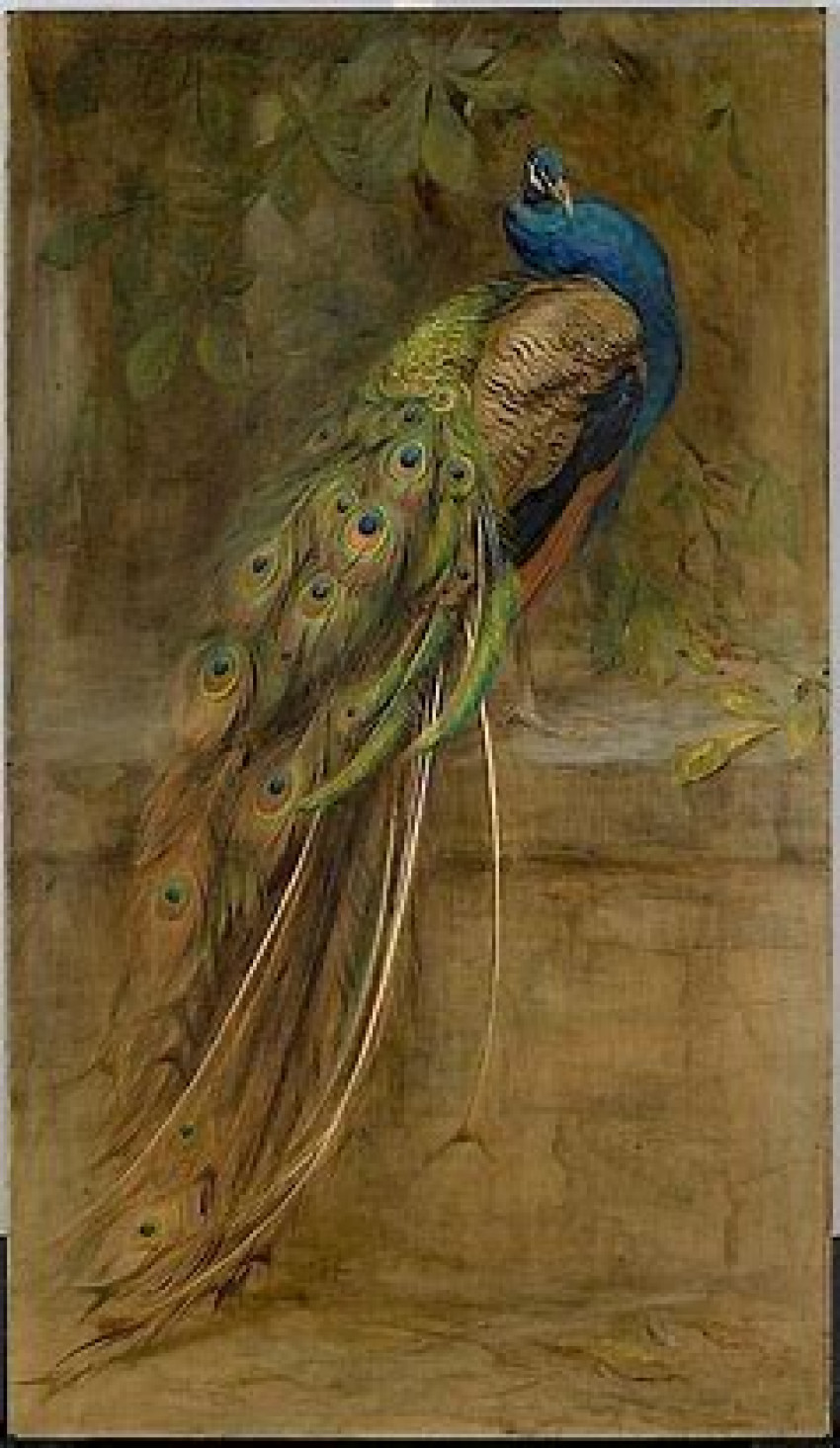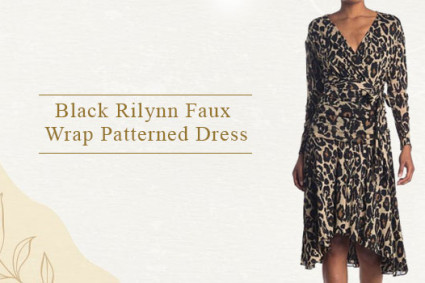
Peacocks, with their resplendent plumage and captivating beauty, have long been a muse for artists seeking to translate their magnificence onto canvas. Peacock paintings are a celebration of the intricate details and vibrant colors that adorn these majestic birds. In this article, we delve into the artistry of peacock paintings, exploring the techniques, symbolism, and the allure that has captivated artists and art enthusiasts for generations.
Table of Contents
- The Captivating Charm of Peacock Paintings
- Techniques and Approaches in Peacock Painting
- Embracing Vibrant Colors
- Mastering Feather Detail and Texture
- Exploring Different Styles and Perspectives
- Incorporating Mixed Media
- Symbolism and Cultural Significance
- Renowned Artists and Their Peacock Masterpieces
- The Popularity and Appeal of Peacock Paintings
- A DIY Guide: Creating Your Own Peacock Painting
- Exhibitions and Galleries Featuring Peacock Art
- Conclusion
- FAQs
1. The Captivating Charm of Peacock Paintings
Peacock paintings hold a unique allure that captivates viewers with their mesmerizing charm. The flamboyant display of colors, intricate feather patterns, and graceful poise of these birds come to life on the canvas. Peacock art transports us into a world where nature's beauty meets artistic expression, evoking a sense of wonder and admiration.
2. Techniques and Approaches in Peacock Painting
Creating a peacock painting requires skill, precision, and an understanding of various techniques. Here are some key aspects that artists focus on when capturing the essence of these magnificent birds:
2.1 Embracing Vibrant Colors
One of the most striking features of peacock paintings is the vibrant color palette used to replicate the iridescent feathers of these birds. Artists employ a range of blues, greens, purples, and golds, meticulously layering and blending colors to achieve depth and richness. The play of light on the feathers is often captured through the careful use of shading and highlights, adding a sense of realism to the artwork.
2.2 Mastering Feather Detail and Texture
To truly bring peacock paintings to life, artists pay meticulous attention to feather detail and texture. Each individual feather is carefully rendered, capturing the delicate patterns, shine, and texture unique to peacock plumage. Techniques such as fine brushwork, stippling, and layering are employed to recreate the intricate details of the feathers, resulting in a visually captivating representation.
2.3 Exploring Different Styles and Perspectives
Peacock paintings offer artists the opportunity to explore various styles and perspectives. Some artists opt for realistic representations, focusing on capturing every intricate detail with precision. Others may choose to experiment with abstract or impressionistic styles, capturing the essence and spirit of the peacock rather than its exact likeness. The versatility of peacock art allows for a wide range of interpretations, inviting viewers to experience the bird's beauty from different artistic angles.
2.4 Incorporating Mixed Media
Peacock paintings also lend themselves to experimentation with mixed media techniques. Artists may combine acrylics, watercolors, pastels, or even incorporate collage elements to create unique textures and visual effects. This fusion of mediums adds depth and dimension to the artwork, enhancing its visual impact and creating a truly captivating piece.
3. Symbolism and Cultural Significance
Peacocks have a rich symbolic history and hold cultural significance in many societies. In various cultures, these birds are associated with beauty, grace, immortality, and spirituality. Peacock paintings often symbolize abundance, prosperity, and the awakening of consciousness. They can also represent the balance between the earthly and the divine. The symbolic depth of peacocks adds layers of meaning to the artwork, elevating its significance beyond its visual appeal.
4. Renowned Artists and Their Peacock Masterpieces
Throughout art history, many renowned artists have been inspired by the allure of peacocks, creating masterpieces that continue to captivate audiences. Artists such as Gustave Moreau, Odilon Redon, and Ferdinand du Puigaudeau have all created exceptional peacock paintings, each with their unique style and interpretation. These artworks stand as a testament to the enduring fascination with peacock art and its ability to inspire creativity.
5. The Popularity and Appeal of Peacock Paintings
Peacock paintings have gained immense popularity among art collectors and enthusiasts worldwide. The visual impact and symbolic resonance of these artworks make them a sought-after choice for home decor, galleries, and exhibitions. Peacock paintings add a touch of elegance, vibrancy, and cultural significance to any space, creating a captivating focal point that sparks conversation and admiration.
6. A DIY Guide: Creating Your Own Peacock Painting
If you're inspired to create your own peacock painting, here are some steps to guide you:
- Gather your materials, including canvas, paints, brushes, and a palette.
- Begin by sketching the basic outline of the peacock on the canvas.
- Start with the background, using broad strokes and blending techniques to create a harmonious backdrop for the peacock.
- Layer the colors on the peacock's body and feathers, paying attention to shading and highlights.
- Use fine brushes to add intricate details, such as feather patterns and eye markings.
- Step back periodically to assess the overall composition and make adjustments as needed.
- Allow the painting to dry completely before applying a varnish to protect and enhance its longevity.
Remember, creating art is a journey of self-expression, so feel free to experiment with different techniques and add your unique touch to the artwork.
7. Exhibitions and Galleries Featuring Peacock Art
Art enthusiasts and peacock lovers can explore exhibitions and galleries that feature peacock art. These showcases provide an opportunity to immerse oneself in the beauty and diversity of peacock paintings, as well as discover emerging artists and established masters of this art form. Such events offer a rich cultural experience and a chance to appreciate the awe-inspiring allure of peacock art in person.
Conclusion
Peacock paintings embody the majestic beauty and allure of these magnificent birds. Through the skillful use of colors, intricate detail, and various artistic techniques, artists bring peacocks to life on canvas, captivating viewers with their vibrant plumage and symbolic significance. Peacock art continues to inspire and enchant, making it a timeless subject in the world of painting.
FAQs
Q: Can peacock paintings be used as a decorative element in interior design? A: Yes, peacock paintings can add a touch of elegance and vibrancy to interior spaces. They serve as a striking focal point and can complement a wide range of decor styles, from traditional to contemporary.
Q: Are peacock paintings suitable for art collectors? A: Yes, peacock paintings are highly sought after by art collectors due to their visual appeal, symbolism, and cultural significance. They can be valuable additions to an art collection.
Q: Are there specific art styles that are commonly associated with peacock paintings? A: Peacock paintings can be found in various art styles, including realism, impressionism, abstract, and contemporary. The choice of style often depends on the artist's interpretation and artistic preference.
Q: Can I commission an artist to create a custom peacock painting? A: Yes, many artists offer commission services, allowing you to collaborate with them to create a unique peacock painting tailored to your preferences.
Q: How can I care for and preserve a peacock painting? A: To care for a peacock painting, avoid exposure to direct sunlight and excessive humidity. Dust the artwork gently using a soft brush or cloth. If needed, consult a professional art restorer for proper maintenance and preservation techniques.



